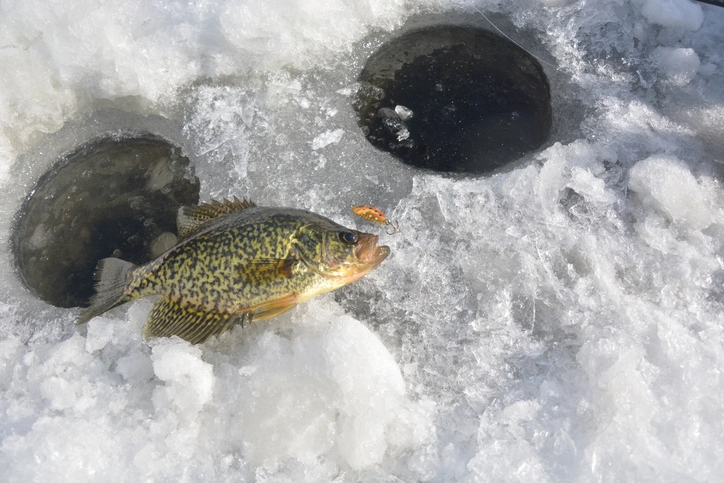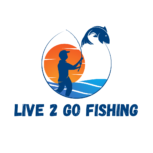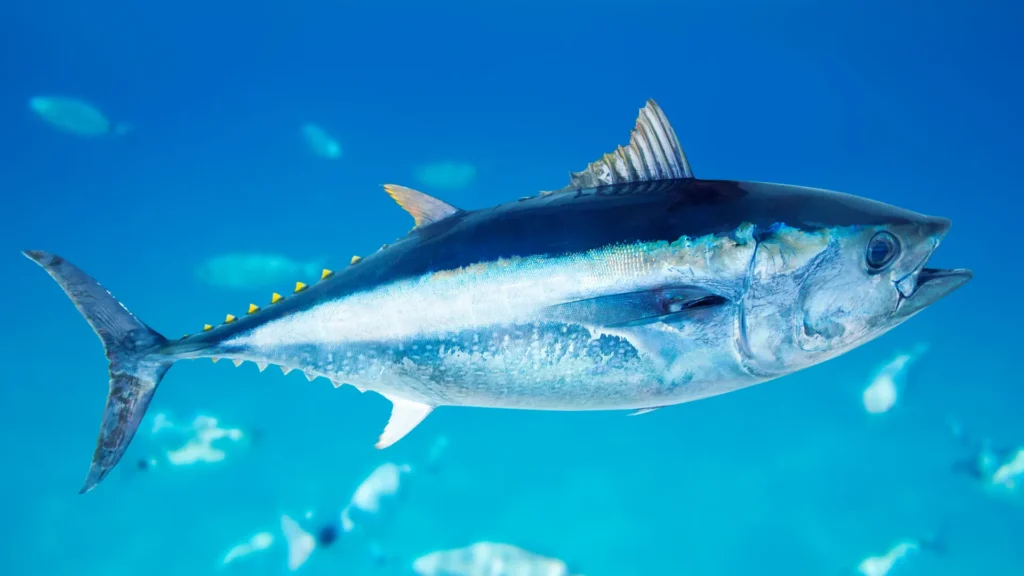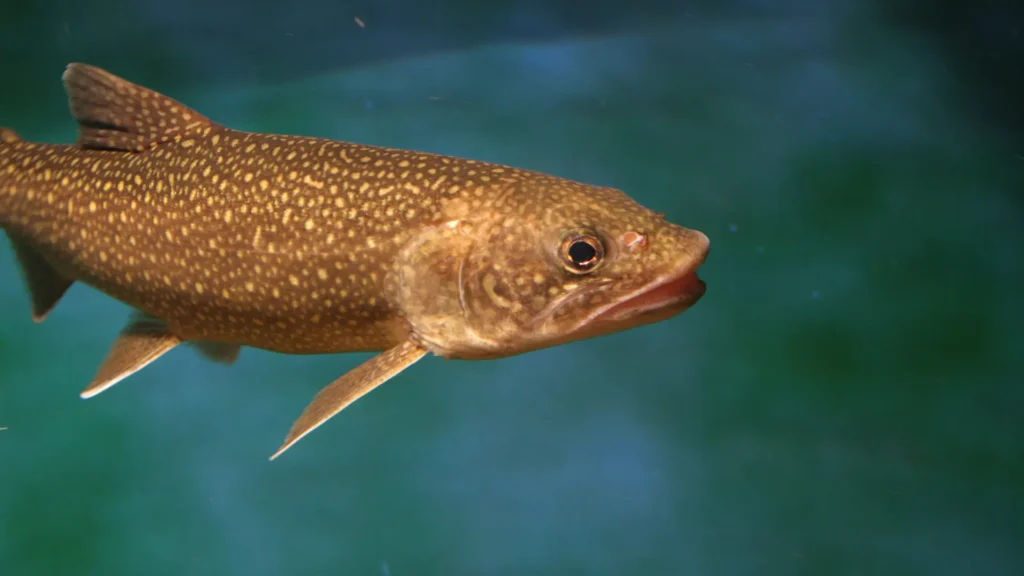When considering crappie fishing, one might not immediately associate it with Northwestern Ontario’s Sunset Country region. However, it should be the top choice. Although crappies are not indigenous to our area, they have become widespread in the southern part of Sunset Country—perhaps a result of bass stocking a century ago. These fish are now thriving and have become a favored target for anglers, especially during winter. Throughout the region, there are fantastic opportunities for crappie fishing.
Finding Crappie Under the Ice
To locate crappies beneath the ice, it is crucial to understand their behavior. This knowledge is essential for identifying the specific species you are targeting.
Anticipated Seasonal Patterns
During the initial phase of winter, both species of crappie will inhabit the same areas they occupied in the fall, typically in relatively shallow water. However, as winter progresses, the crappie will transition to deeper waters. For example, by mid-winter, you should commence your search in basins and channels.
As winter draws to a close, crappie start migrating towards their spawning grounds, typically found in flat, deep bays. These areas can vary in composition, being either muddy or rocky, and predicting these spawning grounds can be challenging unless you’re familiar with the specific lake you’re crappie fishing.
However, the predictability of crappie behavior is more apparent than one might think. They adhere to a distinct pattern, and what one school of crappie does, another is likely to follow suit. For example, if you discover a school hovering at 12 feet on a point, you can expect to find a similar school on a comparable feature. To optimize your strategy, plan ahead and drill holes over similar points, channels, and shallow weed beds. This way, when one school stops biting, you can seamlessly transition to the next.
On Flat, Featureless, and Shallow Lakes and Ponds
In the case of flat, featureless, and shallow lakes and ponds, crappie will position themselves close to the bottom. In some instances, they may even rest with their pectoral fins nearly touching the lake bed, making them nearly imperceptible on your flasher. This phenomenon applies to any body of water, and the absence of a visible school doesn’t necessarily imply its non-existence.
Jig about a foot above the bottom for a chance to see a sudden crappie gathering!
On Ponds and Lakes with Structure and Varying Depth
In structured ponds, white crappie gather near drop-offs, while black crappie favor spots near live weed beds. Occasionally, both species may be present in deeper waters near the bottom. To capitalize on these nuances, meticulously examine a contour map. Identify the most promising locations, segmenting a larger lake into manageable sections. Locate comparable features and drill enough holes to provide you with various options.
Once you locate a school, keep in mind that others will be situated over similar structures at the same depth.
Where to catch crappies
When it comes to identifying prime spots for catching crappies in the winter, the best advice I can offer is to focus on the deeper holes within the lakes or bays where they reside. While it may sound straightforward, crappies tend to inhabit shallow waters during the spring for spawning purposes. However, for the remainder of the year, they prefer deeper locations. In the summer, they suspend around deeper weed beds to evade anglers, but come fall, they reappear in the deep holes, where they will remain throughout the winter.
Many prominent water bodies such as Lake of the Woods, Rainy Lake, Wabigoon Lake, the Winnipeg River, and Cedar Lake harbor thriving crappie populations. Additionally, numerous smaller lakes also boast crappie populations. On the majority of these bodies of water, crappies tend to gather and appear in predictable winter holes.
Optimal locations include mud flats, occasionally found on saddles between pieces of structure. Crappies prefer edges over direct structure placement, likely due to their preference for soft bottoms rich in bugs and invertebrates.
The depth where crappies are located varies in relation to the mean depths of each body of water. Generally, it is advisable to concentrate your efforts in the range of 20 to 40 feet of water. In shallower lakes, 20 feet is considered deep, while in deeper waters, crappies typically do not venture beyond 40 feet.
The use of electronics is crucial for locating crappies beneath the ice, as they often suspend themselves four to six feet above the bottom, and sometimes even more. Crappie fishing without the aid of electronics may result in dropping your bait past them without awareness. As we delve further into catching crappies, it’s important to note that they have a tendency not to look downward.
In the winter, various resorts throughout the region remain open, particularly in the Nestor Falls area on Lake of the Woods, to cater specifically to ice fish, with a focus on crappie fishing. Some of these establishments, dedicated to targeting crappies, possess knowledge about their whereabouts under the ice. Certain resorts might even provide permanent shelters strategically placed for those seeking to fish in warm comfort. Accessing many smaller lakes often requires snowmobiles or ATVs, yet these waters often yield the best crappie fishing opportunities. My friends and I explore new lakes each winter in search of crappies, occasionally stumbling upon hidden gems. The guides and personnel at these resorts are the ones with insights into these concealed treasures.
Anglers benefit from the fact that crappies form groups during the winter. When anglers locate them, they likely discover a significant portion of the population in that waterbody, all gathered together. However, this behavior can pose a challenge for the fish, as some anglers still struggle with releasing crappies. A few years ago, the daily limit was reduced to ten per day, which, while still high for those keeping large crappies, has contributed to conservation efforts. In the extreme northern part of their range, crappies exhibit slow growth.
The larger fish, aged between eight to ten years, do not grow as rapidly as their counterparts farther south. Consequently, crappies in this region are more susceptible to being efficiently removed from a lake or area.
When you find a crappie hole that hasn’t been heavily fished by other anglers, anticipate catching sizable fish measuring 14 inches or more. We observe that excessive angling pressure leads to a rapid reduction in the size structure of crappies. Therefore, when you come across a promising spot, it’s advisable to keep a few for consumption and release the remainder.
Tips on how to catch crappies through the ice
Discovering crappies beneath the ice poses the primary challenge for anglers. However, once located, they are typically easy to catch. As previously noted, the use of electronics is crucial since crappies tend to suspend a few feet above the bottom. Given the upward orientation of their eyes, it’s essential for anglers to be aware that keeping bait slightly above them can significantly enhance the likelihood of catching more fish.
When selecting baits to drop down the hole, my initial consideration revolves around choosing a spoon or jig with a moderate amount of weight. This ensures a quick descent to reach the fish marked on my sonar. It’s not about opting for large, oversized walleye jigs; rather, I prefer crappie baits that lean towards the larger side. This choice minimizes the struggle with the line while lowering the bait down the hole.
A diminutive jig adorned with a live minnow is effective in enticing most crappies within its proximity. However, truth be told, using bait is not essential for crappie success. One of my go-to producers is a small spoon paired with soft plastic maggot or larvae imitators. Of course, as is the case with all types of crappie fishing, there are occasions when the bite is more challenging, and a touch of finesse becomes necessary.
Keep a backup rig consisting of a jig adorned with a soft plastic bug imitator. The color of the bait can influence success on certain days. I carry an assortment of dark colors, some natural whites, and a selection of brightly colored baits. Interestingly, pink consistently proves to be effective for crappies in most waters in Northwest Ontario.
Great ice fishing crappie throughout the region provide sizable catches and abundant numbers. The early ice season offers the first chance in popular areas. Conversely, late in the season, you’ll likely experience more favorable weather conditions.
- Strategies for Locating Crappie during Ice Fishing
Crappie display significant movement during winter, posing a challenge in predicting their patterns. Successfully locating them requires mobility and the use of a flasher throughout the season. In early winter, crappie prefer weed lines and dense weed beds in 5-15 feet of water, with the healthiest weeds attracting the most smaller fish due to increased oxygen and bait presence.
As mid-winter sets in, crappie shift to the lake basin, suspending themselves 10-20 feet above the bottom, favoring areas with higher oxygen levels and abundant bait. In late winter, crappie move back to shallower areas and any remaining healthy vegetation.
Drilling 15-20 holes in these zones and using a flasher to identify stratified crappie in the water column before starting crappie fishing enhances ice fishing success.
- Effective Jigging Techniques for Crappie Ice Fishing
During the winter months, crappie exhibit a tendency to group together in pods of 3-10 fish, where they predominantly feed on plankton. To successfully attract crappies and maintain pod activity, mimic plankton using a tungsten jig paired with soft plastic. Jigging is the most widely favored method for ice fishing crappies. Begin by dropping your bait to the bottom, then reel up a few feet and employ a pulsing and pausing technique within a 1-2 foot section of the water column.
The majority of bites are likely to occur during the upward movement of your bait. To locate active crappies, continue moving from hole to hole until you find success.
- Nighttime Strategies for Crappie Ice Fishing
Crappie exhibit heightened feeding activity during the night, with peak biting times occurring at dawn and dusk. To maximize success, capitalize on these periods when crappies are most active. Optimal nighttime baiting involves jigging bright plastics, such as a chartreuse wax worm paired with an orange or green jig head. If the night bite proves challenging, employing a dead-sticking technique with an ice fishing pole and a live fathead or crappie minnow can entice finicky fish.
Additionally, for enhanced visibility and attraction, consider using a glow stick or underwater light where regulations permit, as it effectively draws bait, plankton, and crappie to your fishing area.

Ice Fishing Tips for Crappie Success
To increase your chances of success while ice fishing for crappie, focus on identifying their location based on seasonal patterns that impact oxygen and light levels. Understand that crappie tend to be around shallow vegetation during early and late ice, while they move to the basin or deeper areas during mid-winter. Utilize electronic devices and maintain mobility until you locate pods of actively biting fish.
Employ baits that imitate typical plankton forage, and consider incorporating live minnows for less active fish, as well as lures that mimic minnows for larger and more aggressive crappie. As the ice begins to melt and the season transitions, be prepared to adapt your tactics and identify the optimal times for crappie fishing in warmer weather.
Final Tips and Tricks for Successful Crappie Fishing on Ice
Embark on a comprehensive journey with our final tips and tricks for mastering crappie fishing on ice. As seasoned enthusiasts know, chumming techniques can significantly enhance your chances on the ice. Adopt the ‘chumy’ approach by creating a bait paste with mashed minnows or worms, acting as a tempting dinner bell for crappie. This proven technique helps gauge whether the school is holding to the bottom or suspended just beyond your transducer angle, adding a strategic advantage to your crappie fishing repertoire.
In the winter, when crappie slow down due to cold-induced torpor, adjust your approach for optimal success. Recognize the need for a slow and steady presentation, reflecting the subdued nature of crappie during colder months. Jig with gentleness and finesse, incorporating deliberate and measured movements to entice bites.
Visibility is key in the underwater world, and thinner lines become paramount during winter. Experiment with lighter lines, such as a 2-pound test instead of the typical 4-pound mono used in summer. Consider nearly invisible fluorocarbon or super-slender braided lines to minimize visibility further. The subtlety in your line can make a significant difference in enticing crappie to strike your jig.
Additionally, adapting your strategy to match the winter prey behavior is crucial. Downsize your jig heads to 1/16th and 1/32-ounce options, as crappie are less likely to chase larger prey in winter. This thoughtful adjustment aligns with their behavior during colder months, increasing your chances of a successful crappie fishing experience under the ice.
Incorporate these insights into your ice fishing repertoire and take your crappie fishing skills to the next level. Understanding and adapting to the nuances of crappie behavior in winter will undoubtedly make your ice fishing expeditions more rewarding and successful.


